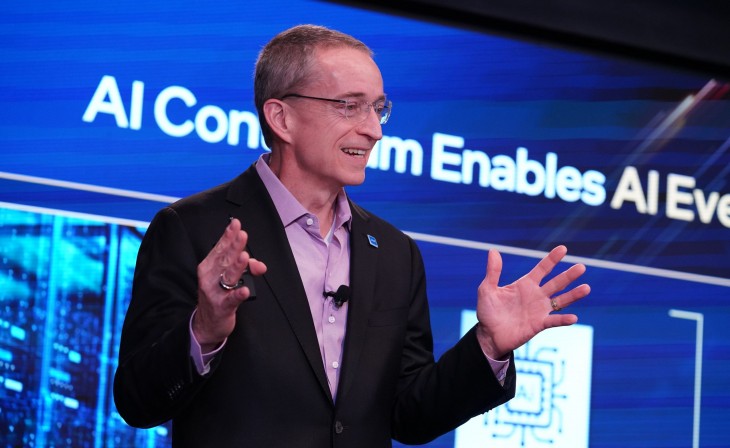Intel CEO Comments on Nvidia's AI Dominance
The Luck Factor in Nvidia's AI Success
Gelsinger pointed out that Nvidia, under CEO Jensen Huang, initially focused on throughput computing for graphics. However, their GPUs became the preferred choice for powering large AI models, a development Gelsinger attributes to good fortune. He emphasized that AI was not part of Nvidia’s original plan for GPGPU (General-Purpose computing on Graphics Processing Units). According to Gelsinger, Nvidia was lucky to be in the right place at the right time, as the AI revolution was not anticipated in their initial GPGPU projects.
Also check Exploring Nvidia's Ada Lovelace Architecture and Its Future Impact on GPUs
Intel's Missed Opportunity: The Larrabee Project
The Intel CEO also reflected on Intel's own history, particularly the cancellation of the Larrabee project, which he believes could have altered the AI hardware landscape. Larrabee was an ambitious Intel GPU project aimed at competing with Nvidia in gaming and GPGPU markets, leveraging multiple x86 CPU cores. However, after Gelsinger’s departure from Intel, the project was eventually shelved, marking a significant missed opportunity for Intel in the AI domain.
Nvidia's Evolution and the AI Revolution
While Nvidia may not have foreseen the AI revolution in its early GPGPU endeavors, the company's investment in developing CUDA (Compute Unified Device Architecture) and GPUs was pivotal. Nvidia's early focus on data-parallel processing for various applications laid the groundwork for their later dominance in AI. Despite the lack of initial AI focus, Nvidia's commitment to advancing GPU technology played a crucial role in their current position in the AI market.
The Role of Hard Work and Luck in Technological Advancements
The debate around Nvidia's success brings to light the complex interplay of foresight, hard work, and luck in technological innovation. While Gelsinger suggests luck played a major role, it's also true that Nvidia’s dedication to GPU development and the CUDA platform was instrumental in their rise. The saying, "The harder I work, the more luck I have," aptly describes the situation, highlighting that success in technology is often a combination of preparation, opportunity, and effort.
Intel's Future Under Gelsinger's Leadership
Looking ahead, it remains to be seen how Intel will fare under Gelsinger's leadership, especially in the competitive AI and high-performance computing market. Gelsinger's comments indicate a keen awareness of the missed opportunities and potential directions Intel could explore. The tech industry will be watching closely to see if Intel can capitalize on its own initiatives and perhaps create its own "luck" in the evolving landscape of AI and computing.
Conclusion: The Ongoing Battle for AI Supremacy
In conclusion, Pat Gelsinger's remarks about Nvidia's success in AI highlight the dynamic and often unpredictable nature of the tech industry. While luck may play a part, it's clear that hard work, innovation, and strategic decision-making are critical factors in achieving dominance in high-performance computing and AI. As Intel and Nvidia continue to evolve and compete, their strategies and technological advancements will significantly shape the future of AI and computing.




